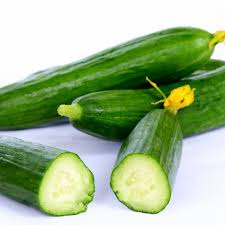Following are the measures that help in the assessment of maturity.
- Skin Color:
- Optical Method:
- Shape:
- Size:
- Aroma:
Following is the list of different fruits along with their signs of maturity.
1. Orange:
Orange is a winter season fruit. As orange move towards maturity its color turns from green to orange. Further the taste turns from bitter to sweet. It takes almost 210 to 240 days for an orange to get fully mature. Fruits become soft from hard.
2. Mango:
Mango generally require 95 to 115 days for maturity. Building of shoulders and a slight depression near the stalk end indicates maturity of fruit. Color of fruit changes from dark green to pale green. Red blush develops on the fruit of shoulders.
3. Banana:
Banana requires 11 to 14 months after planting to harvest. When ridges on their surfaces changes from angular to round. The dried parts of fruits drop off easily. Top most leaves dried as a sign of maturity. Color of fruit changes from dark green to pale green.
4. Papaya:
Papaya requires about 125 to 140 days from flowering to maturity. Color of fruit changes from green to pale green or yellowish. Portion of fruit exposed to sunlight becomes dark yellow in color. T.S.S at harvest should be minimum 6 %.
Now list of different vegetables along with their signs of maturity is listed below.
1. Potato:
Potatoes are harvested when they attain sufficient size. Early varieties require 57 to 100 days and late varieties require 120 to 160 days. Skin slipping from the tuber, starch content and leaf senescence or top drying are the harvest indices.
2. Cucumber:
Fruits are ready to harvest within 45 to 55 days after sowing. In cucumber proper stage of maturity is determined by size not by age. For slicing cucumber should be picked when it is 15 to 35 cm long. In general the cucumber should be picked before the yellowish texture appears.
3. Chili:
Green chili are harvested when they are fully matured and just before they turned from green to red. For drying purpose their colors should be changed from green to red. Moisture content drop to minimum level for red chilies.
4. Spinach:
Spinach is a winter season crop. It is hardy to frost and light freeze. 45 days are required for the stage of its harvesting. Leafs must be fully developed. Its storage life is between 10 to 14 days.











0 Comments
If you have any issue plz let me know Thnks